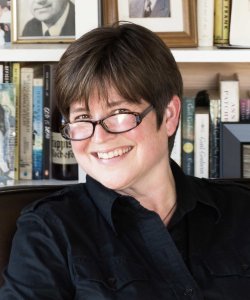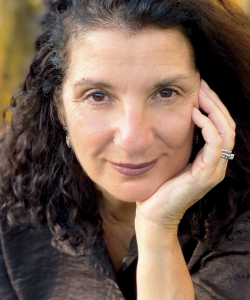What’s Left Out: The Poems That Haunt a Collection From the Outside

Every poetry collection has its “maybes” and “almosts,” the poems that didn’t make it to publication. A debut poet considers the poems that haunt a book from the outside.
Jump to navigation Skip to content

Every poetry collection has its “maybes” and “almosts,” the poems that didn’t make it to publication. A debut poet considers the poems that haunt a book from the outside.

The author of Border Less describes how audience responses to her debut novel’s play with form led her to wonder about the greater implications of the Western fixation on realism as the accepted novel style.

Write a poem about the pains and pleasures of cold weather, a short story that brings together an unexpected series of events, or an essay that contemplates companionship.
As a writer, success often seems tied to availability. The author of Made to Explode collects insights from fellow writers on how they honed the skill of saying no and learned to enforce the boundaries needed to sustain life and art.
Write a poem that alternates between two narratives, a short story that charts the progression of a relationship, or an essay that reflects on major events in your past.

A novelist based in rural Maine shares how she creates community—by reading her literary ancestors, engaging with living writers all over the state, and hosting an online writers studio—all while dispensing with the archetype of the lonely writer.
Unlike a novel, which has time to build and reach a satisfying ending, a short story often relies on moments of discovery. A respected author explains how the nature and construction of short stories can lead to surprising reveals.
Write a poem that draws on specific observations of your neighborhood, a speculative story in which existing technology is put to fantastic use, or a personal essay about a time you were persuaded by a narrative.

Before the author of Barnflower was a writer, she was a farm kid. The memoirist shares moments from her book tour, which included meeting cows and visiting corn mazes alongside reading at local bookstores and reconnecting with friends.

After years spent on frustrating, time-consuming drafts, creating visual models helped one writer to assess the current state of a manuscript, estimate a completion date, and build confidence.